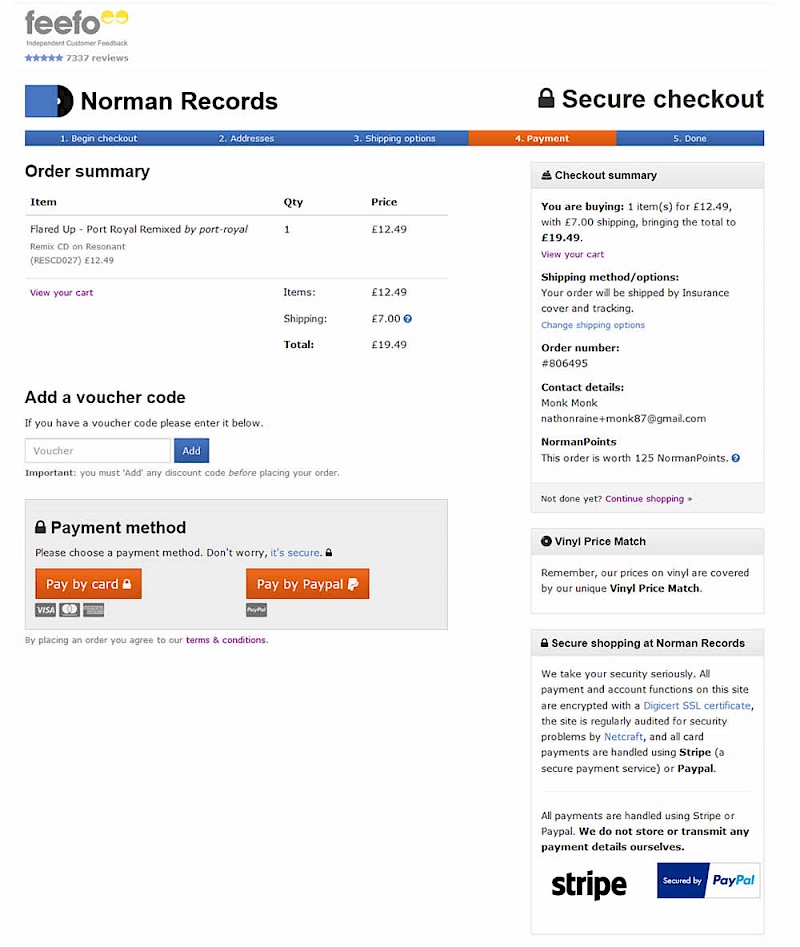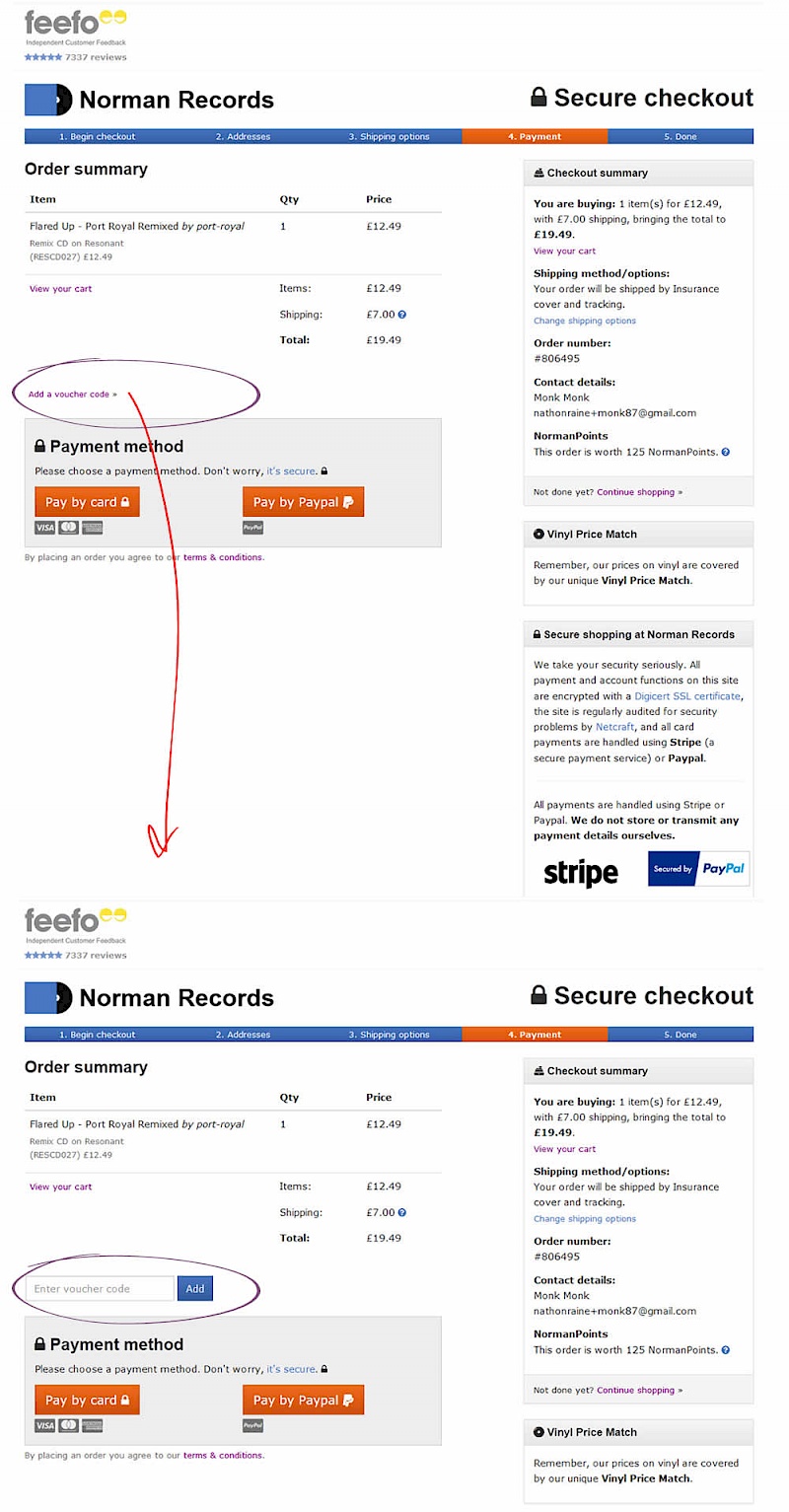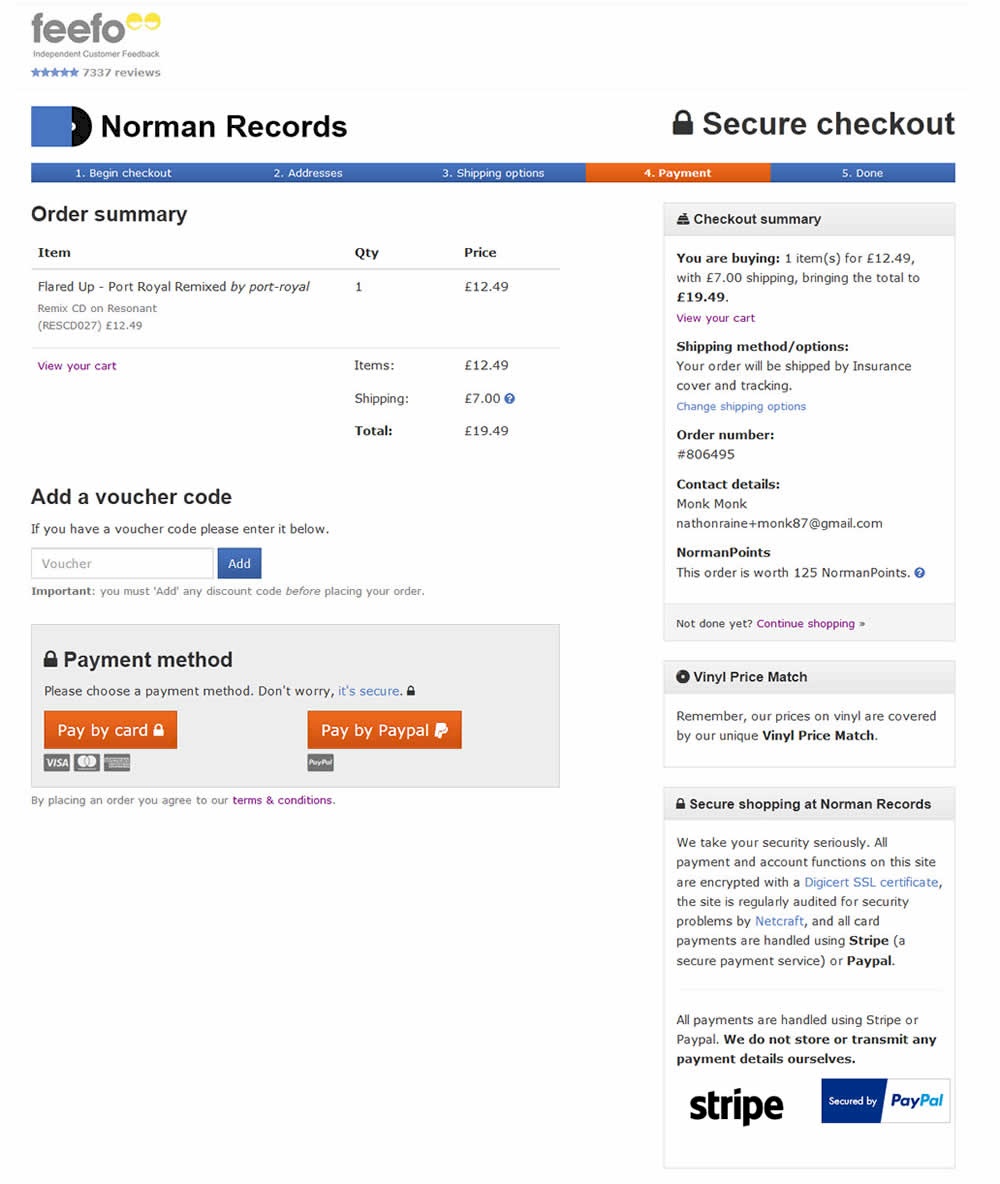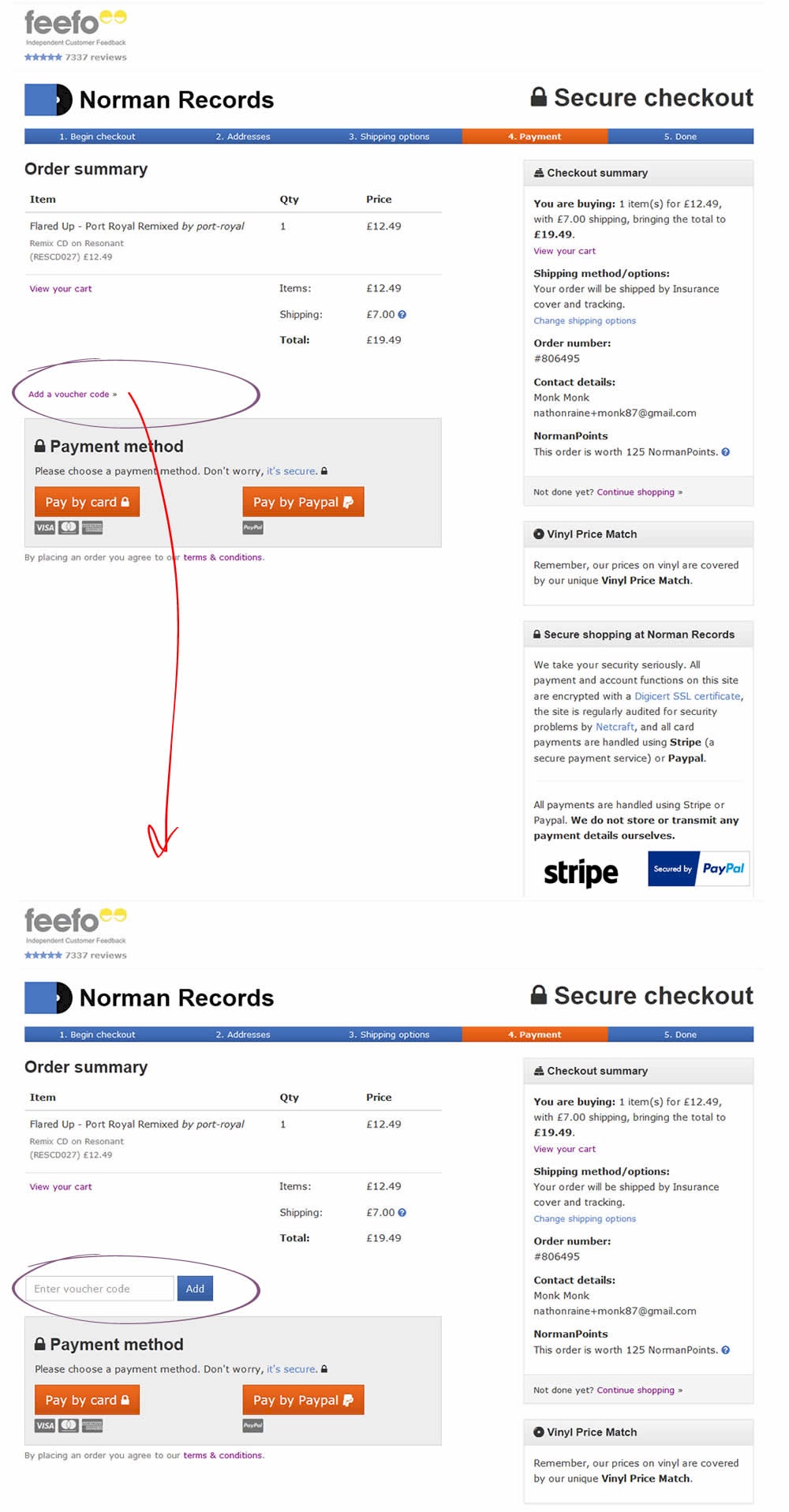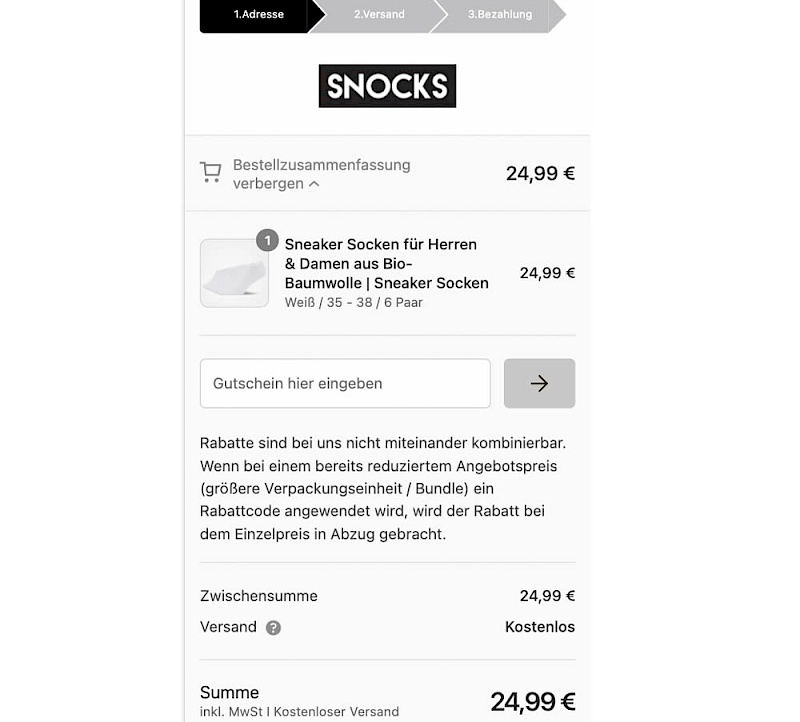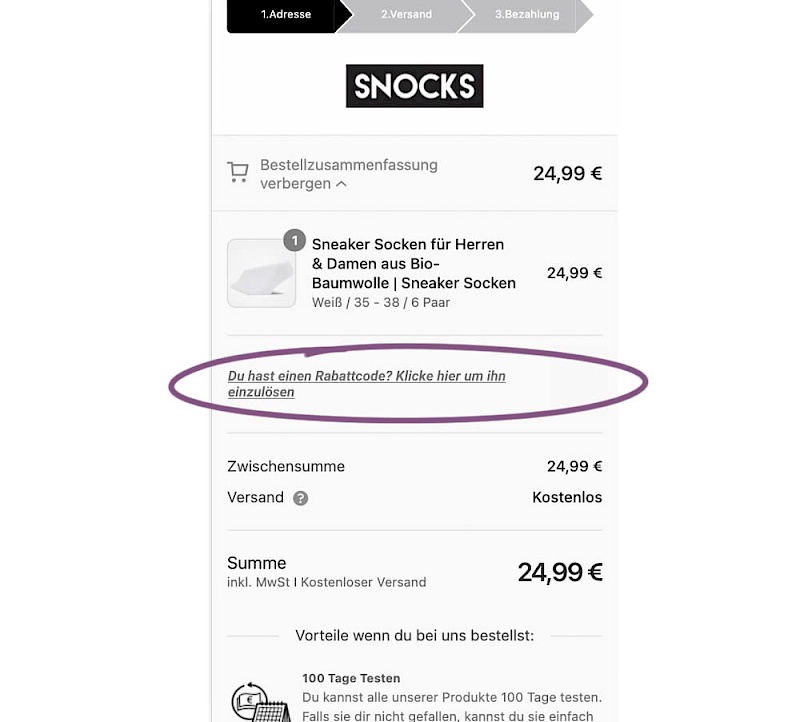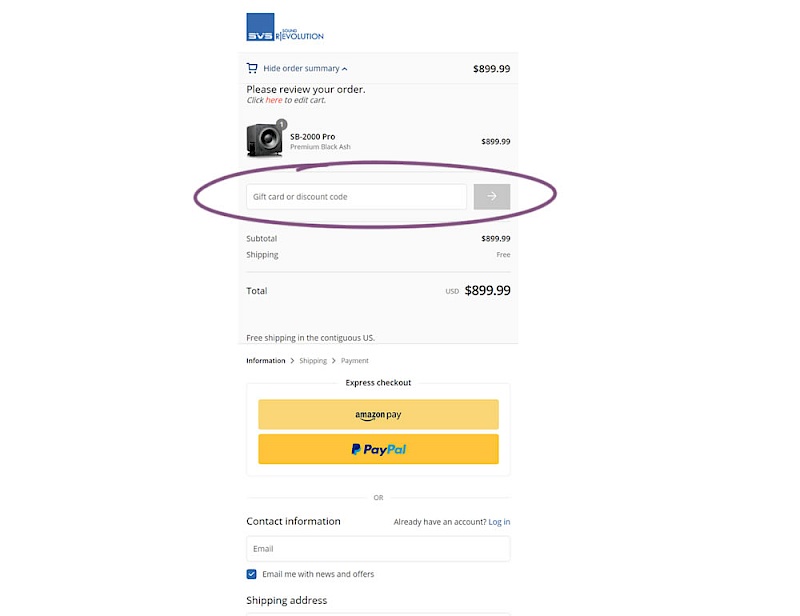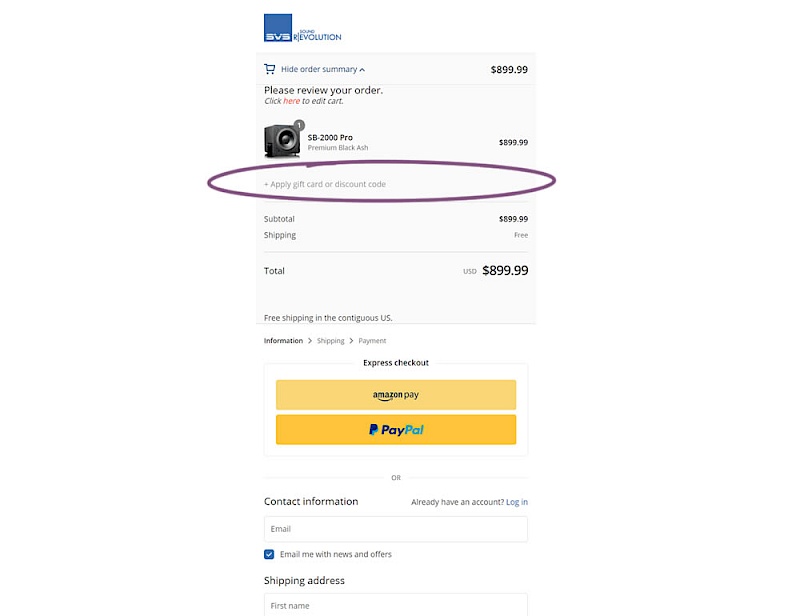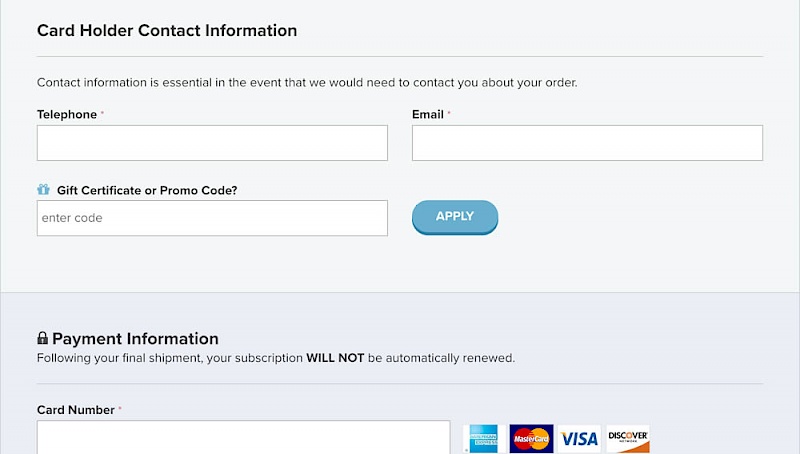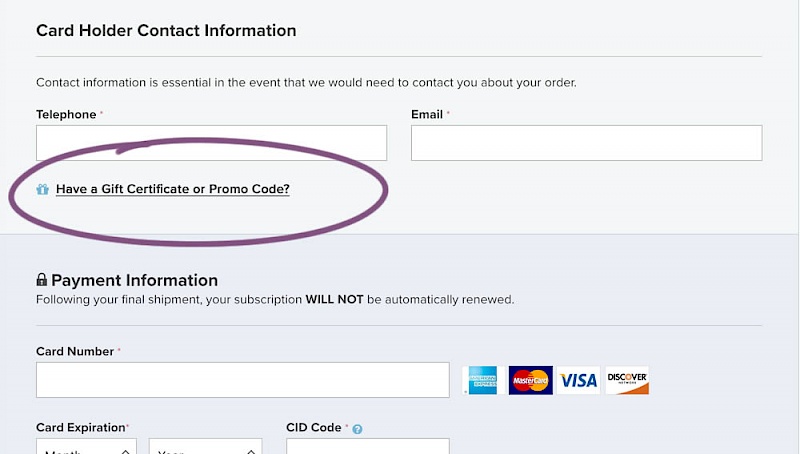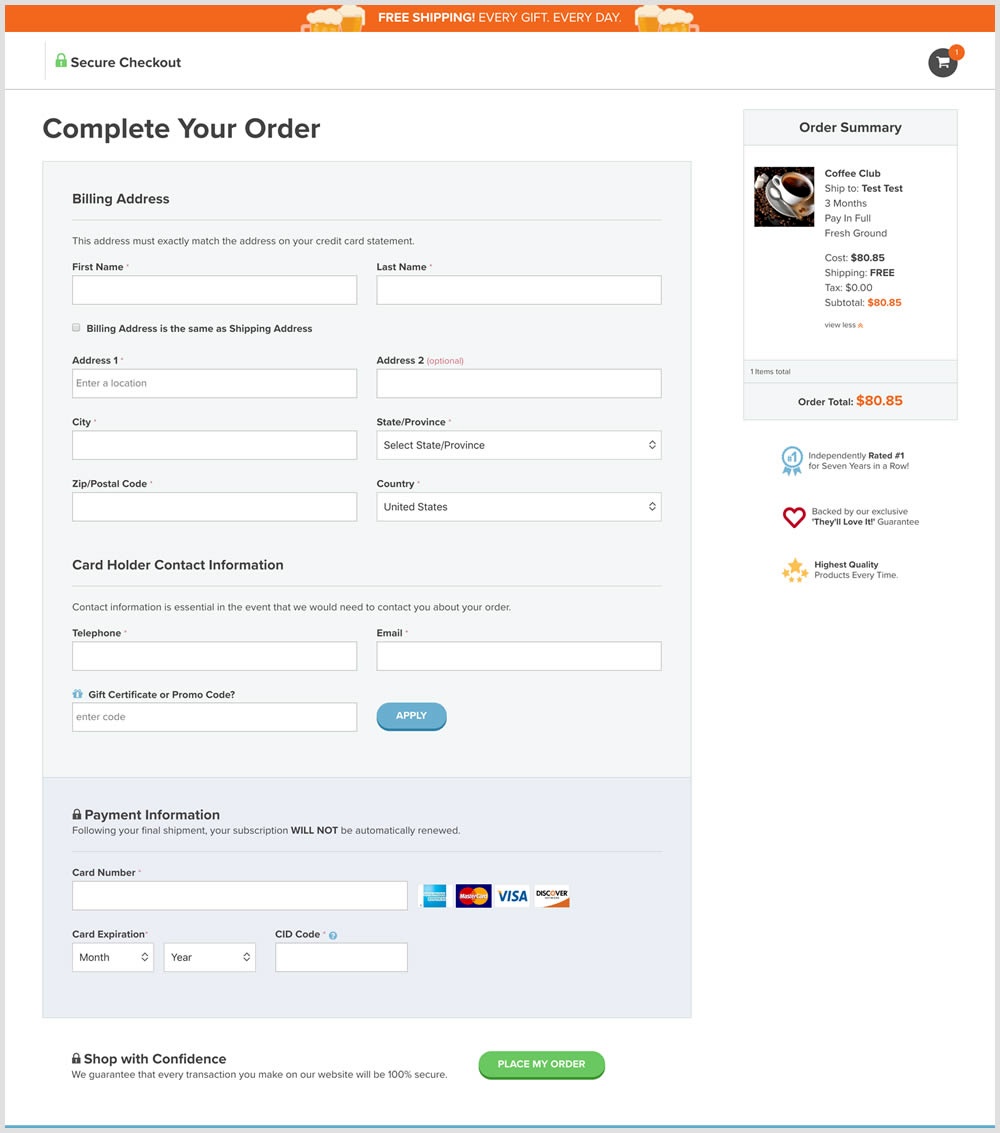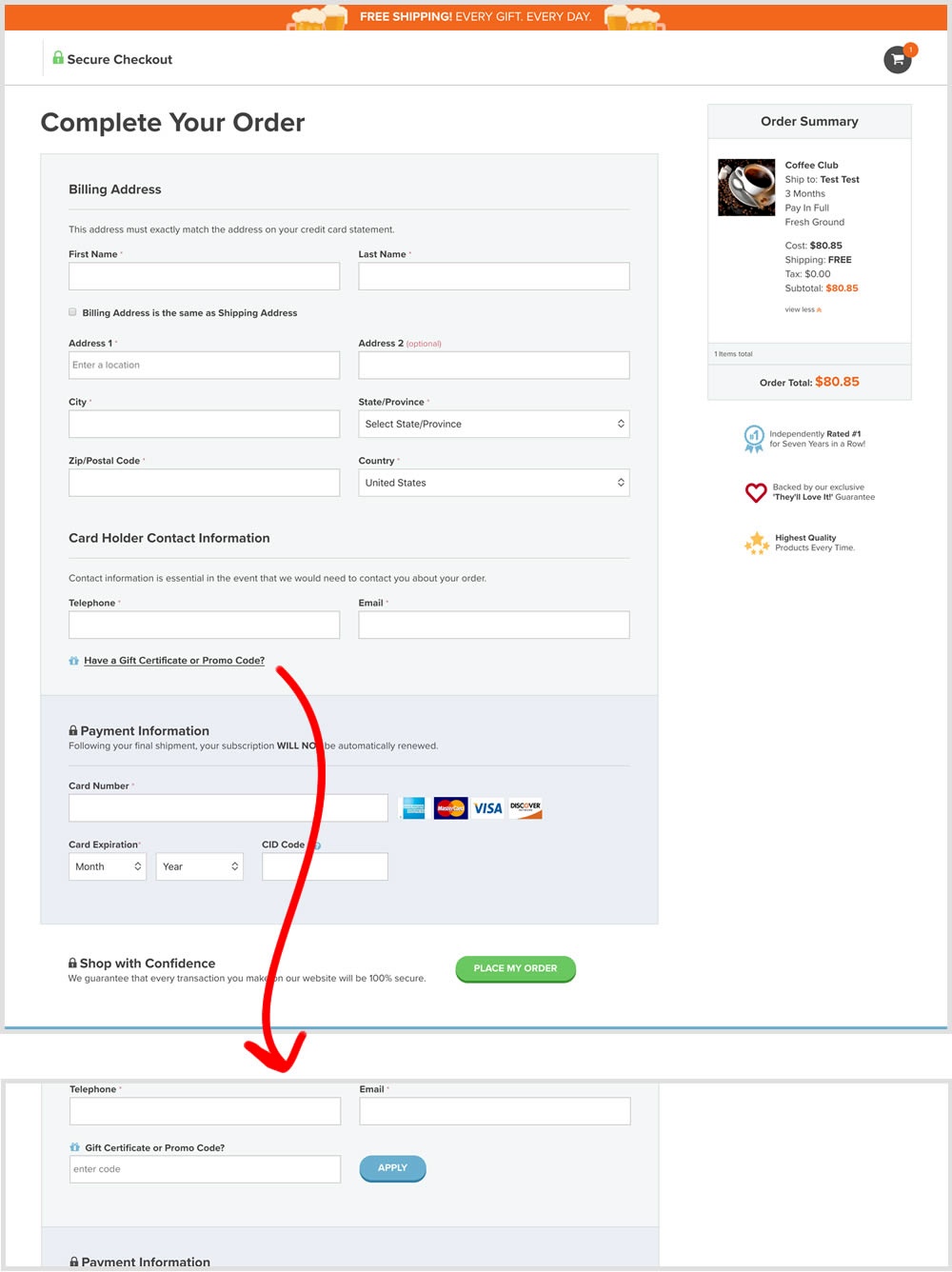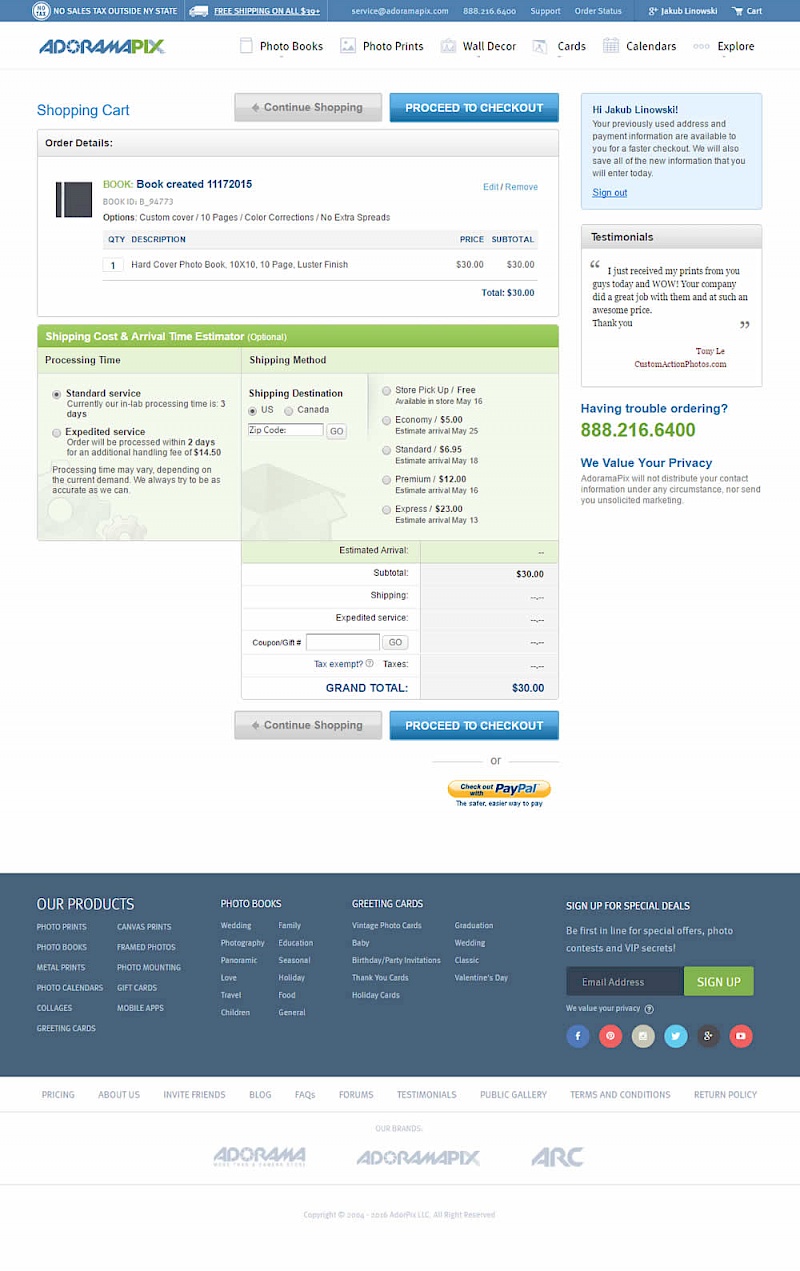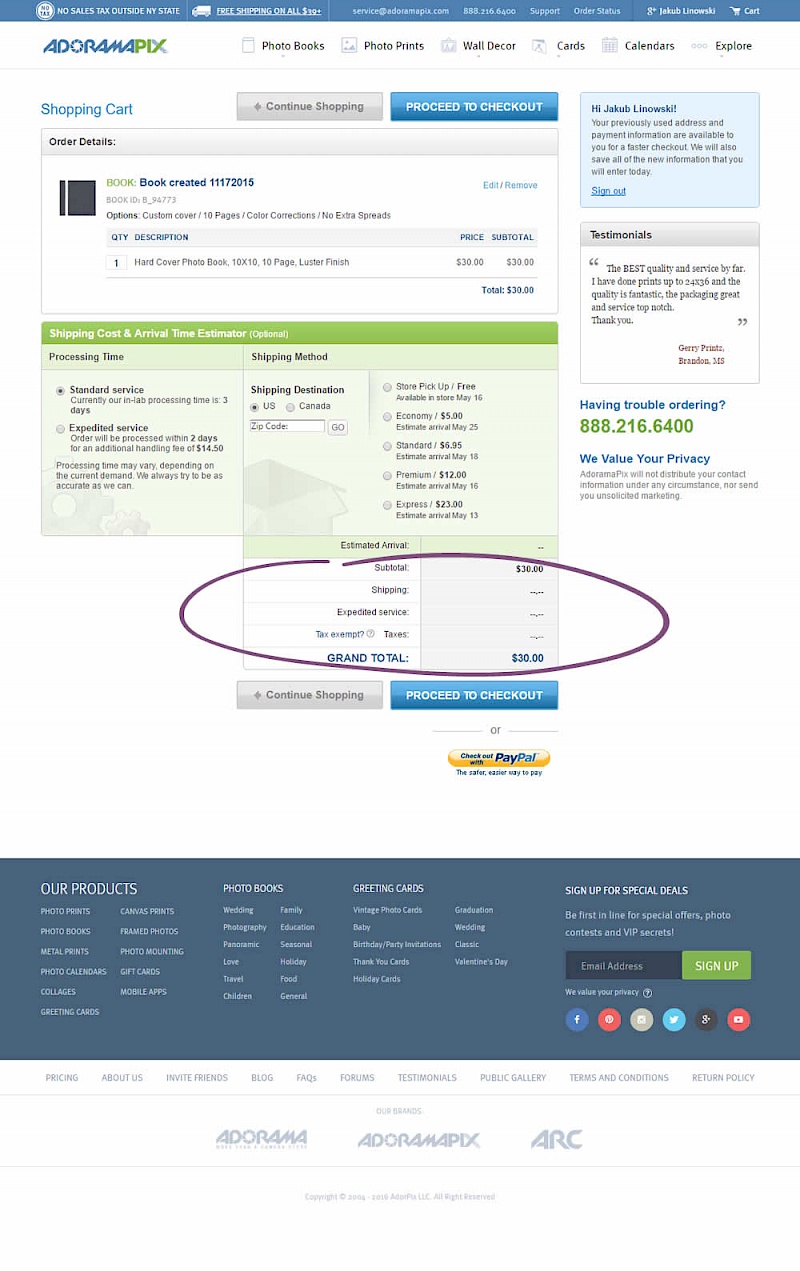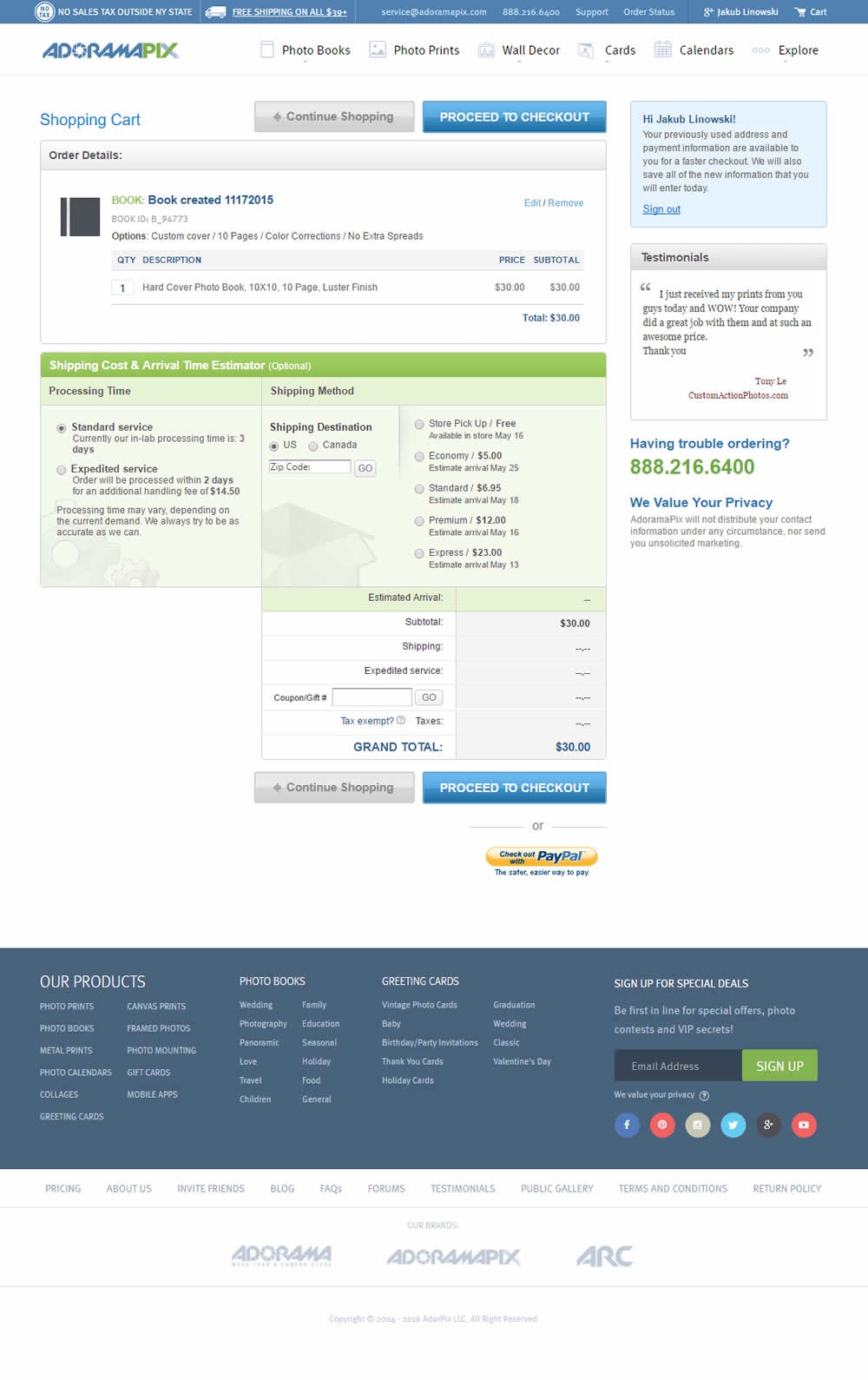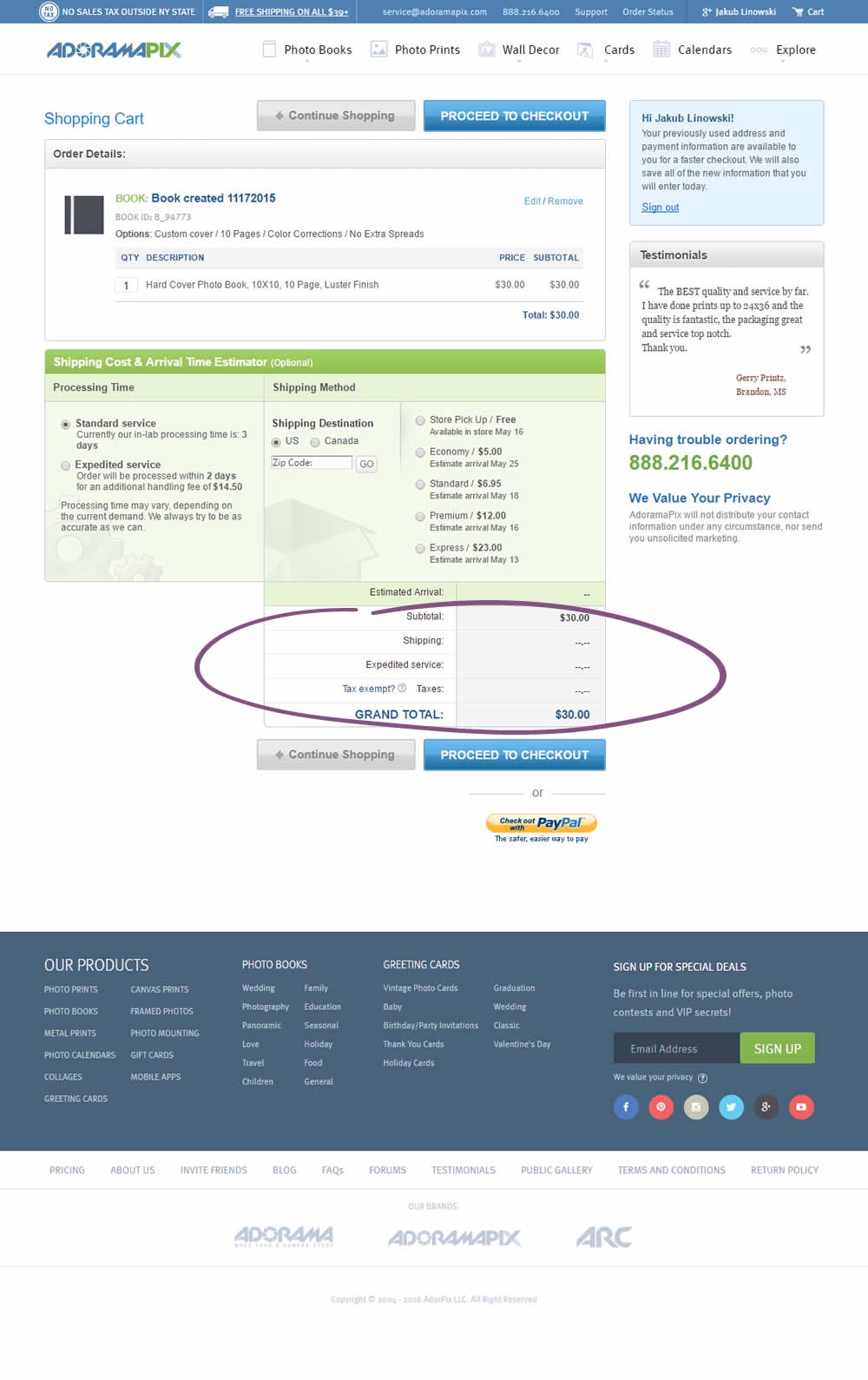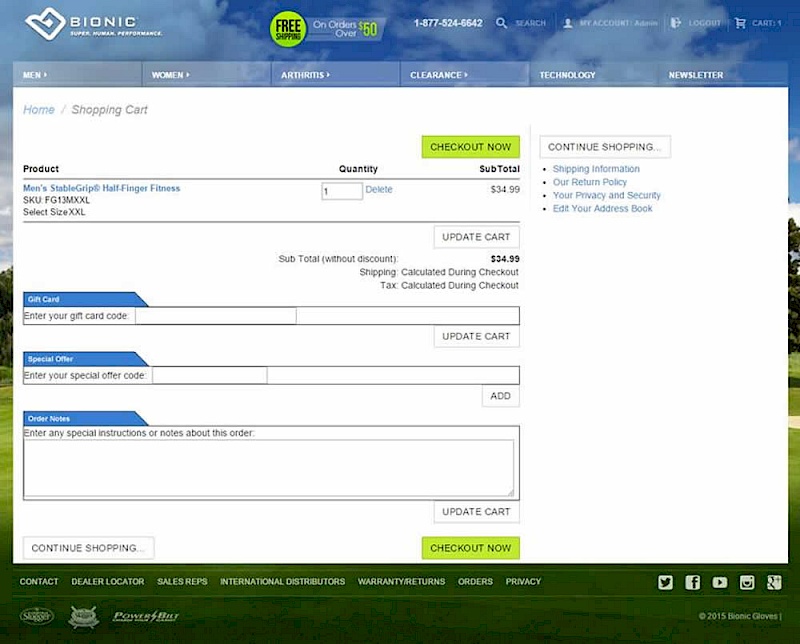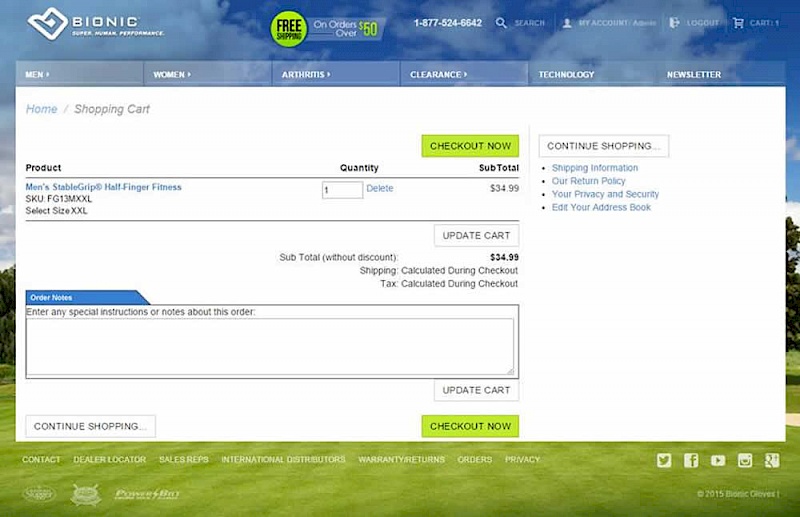Pattern #1: Remove Coupon Fields
Pattern #1 Tested 6 timesFirst tested by  Herman Klein Recently tested by
Herman Klein Recently tested by  Melina Hess on Jan 19, 2022
Melina Hess on Jan 19, 2022
With A Total Of 2 Evidence For Version B It Is Likely Better
Measured by the sum of negative and positive tests.
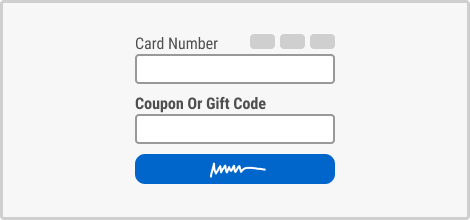
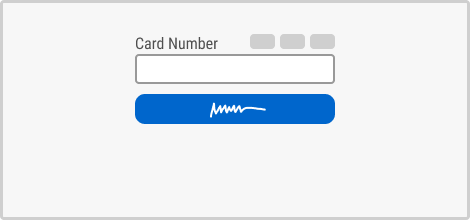
Expected Median Effects Of B
6%
Progression
(1 tests)
-
Leads
-
Signups
-
Engagement
2.4%
Sales
(5 tests)
15%
Revenue
(2 tests)
-
Retention
-
Referrals
2.5%
ANY PRIMARY
(6 tests)
Tested on
Tests
Pattern #1: Remove Coupon Fields
Was Tested
On Normanrecords.com
by
Nathon Raine
Variation B Was Likely Better
-
Measured by completed sales | p-val 0.20762012
In this test the coupon field was replaced with a small link that would bring the field back if needed. This is a more suble approach than just completely removing the coupon field. It still allows for the use of coupon fields by those customers which are truly searching for a way to enter their aquired codes.
Variation B Was Likely Worse
-
Measured by completed transactions | p-val 0.06906723
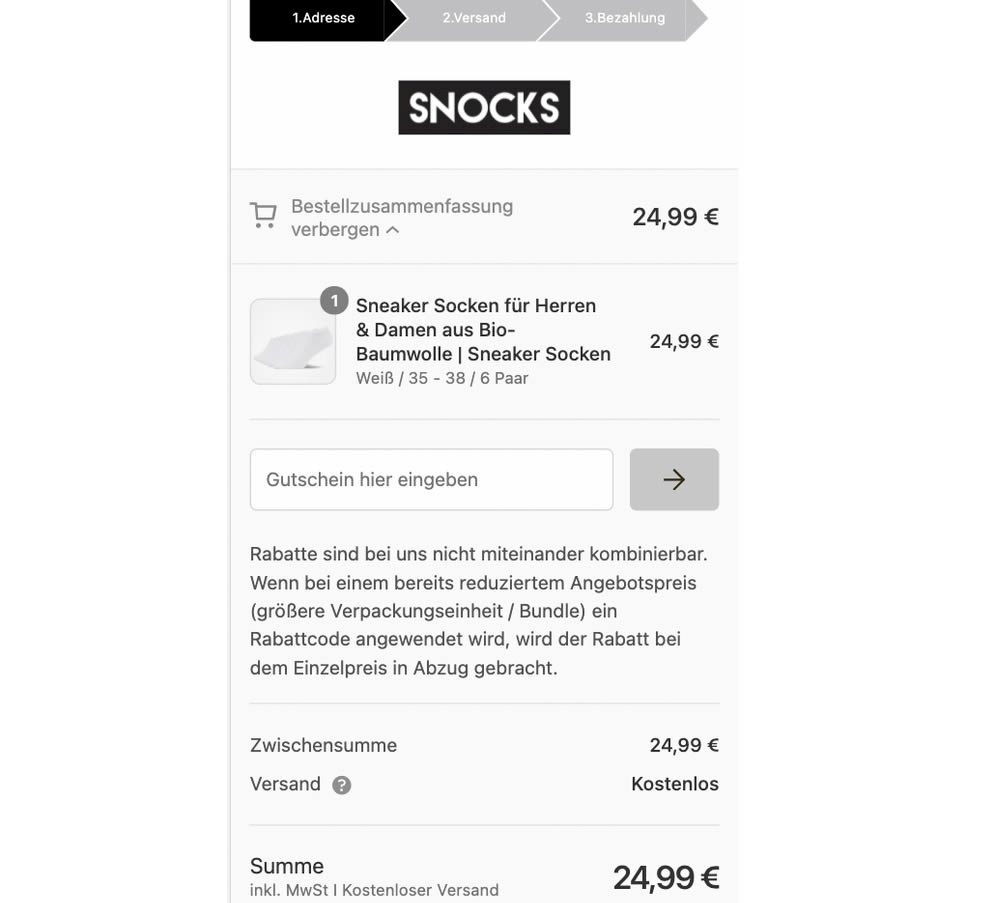
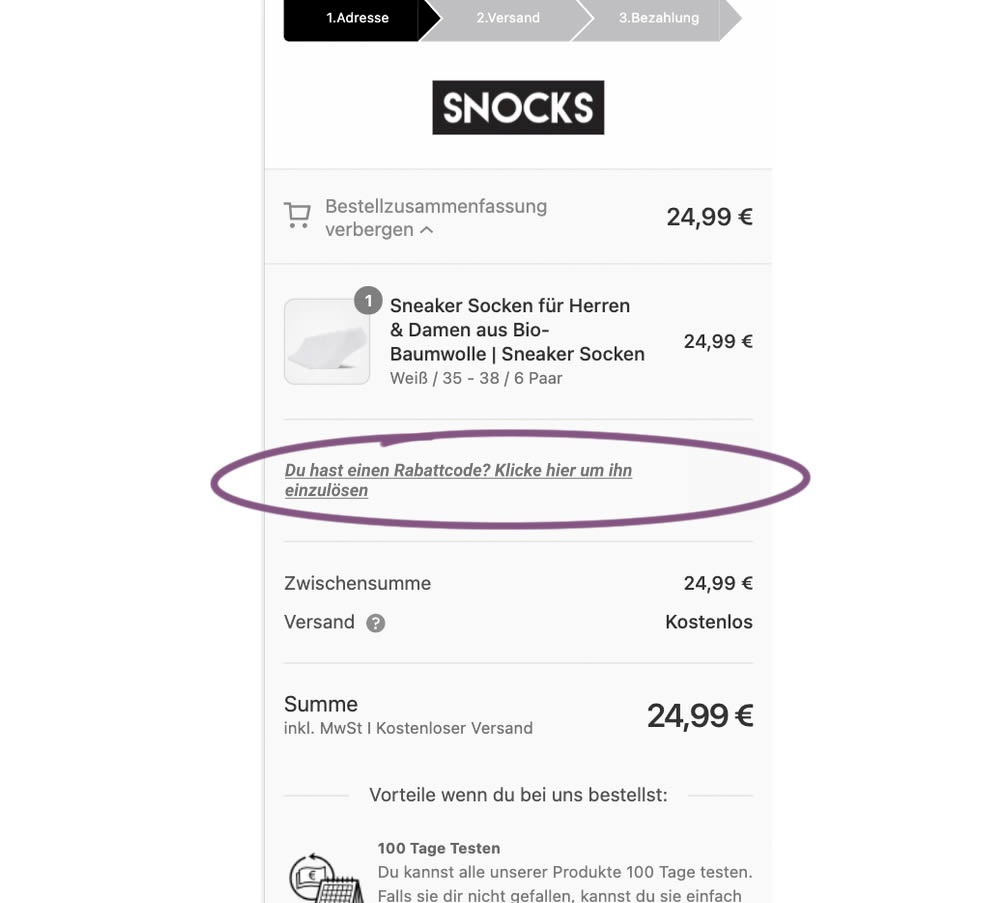
This experiment replaced a visible coupon field with a dynamic text link that would initially hide the form field. Only after clicking the text link would the coupon form field appear. The translation from German is "Do you have a coupon code? Click here to apply". Impact on completed transactions was measured.
Variation B Was Insignificant
-
Measured by total revenue | p-val 0.087
-
Measured by completed sales | p-val 0.28780505
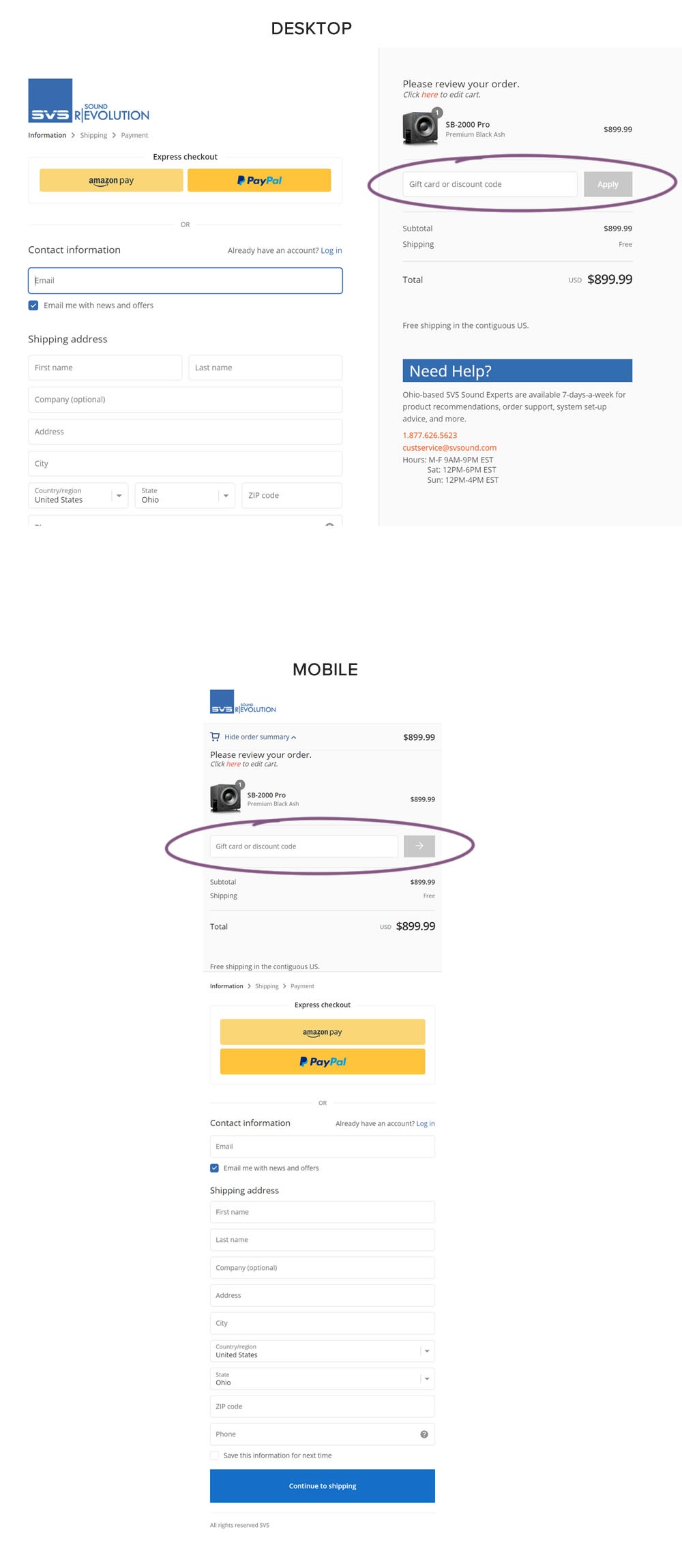
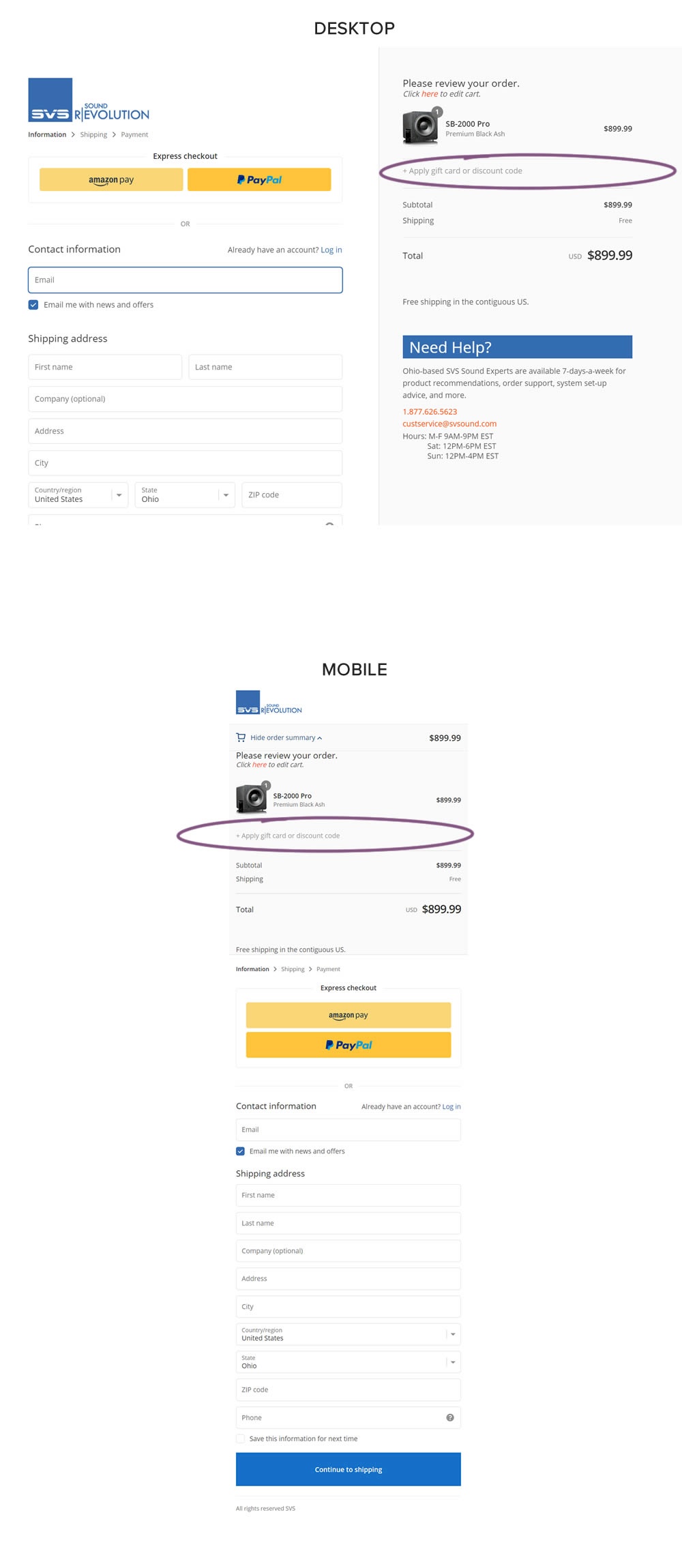
In this simple experiment, a highly visible coupon field was replaced with a less visible (but clickable) link in the variation. Clicking on the link would show the coupon field. Impact on sales and revenue was measured.
Variation B Was Insignificant
-
Measured by completed transactions | p-val 0.6155043
In this experiment, a fully visible coupon field (A) was made less visible by turning it into a default collaped link (B). Clicking on the link caused the coupon field to appear.
Variation B Was Better
-
Measured by visits to shopping cart | p-val 0.00000001
-
Measured by post-purchase page visits | p-val 0.01276806
Variation B Was Better
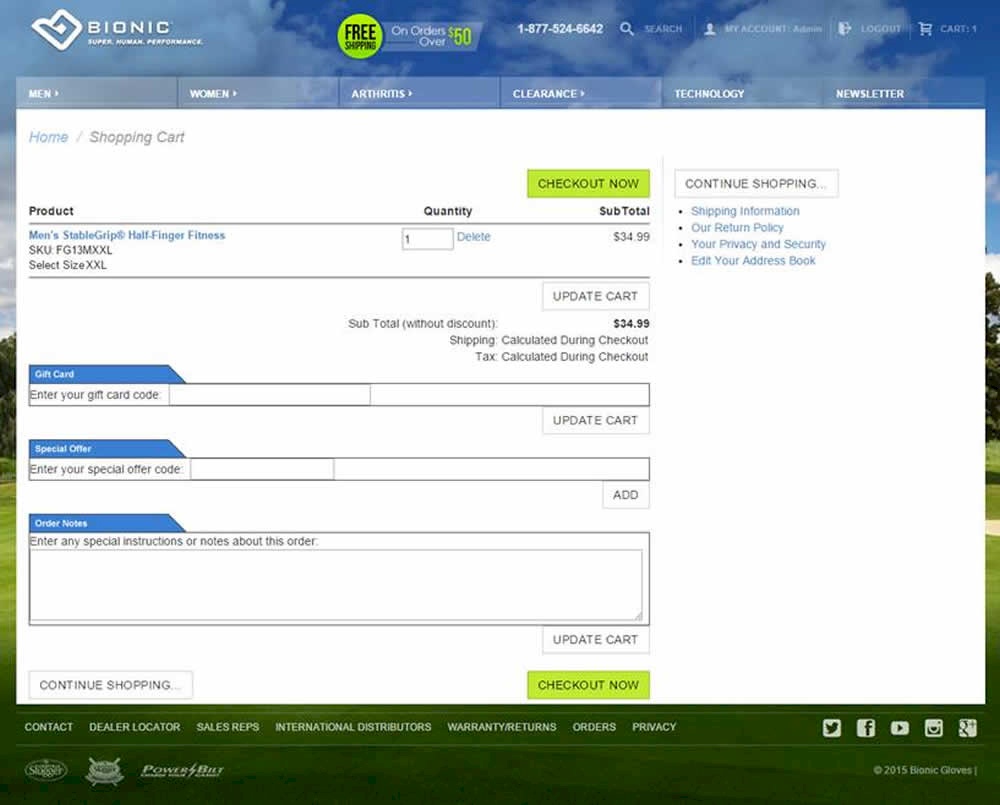
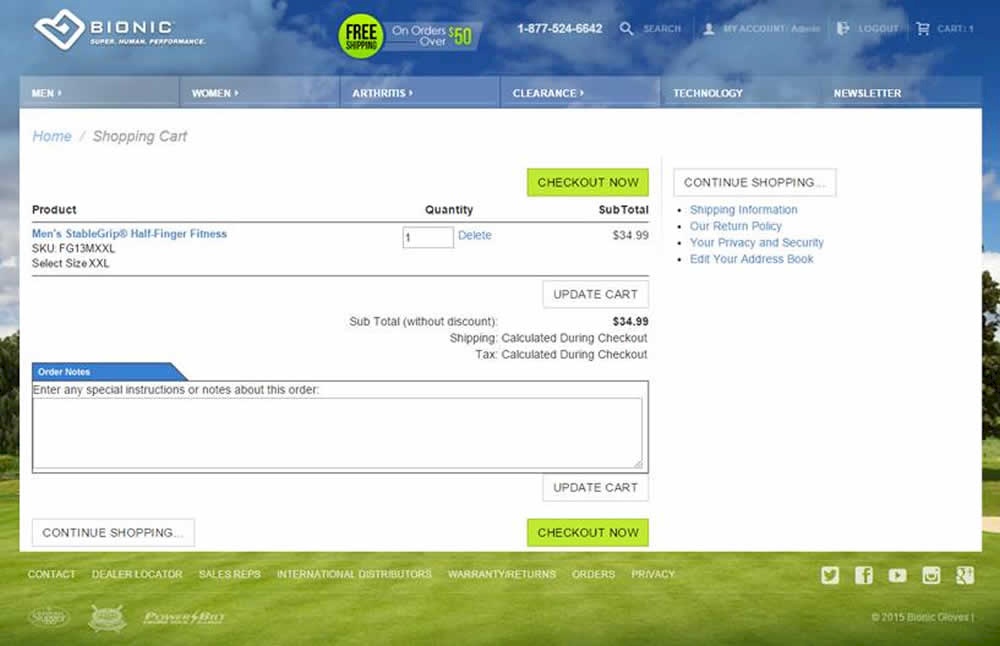
Source: vwo.com/blog/promo-code-box-ecommerce-website-bleeding-dollars-ab-test/
VWO.com published this test which removed two coupon fields on a shopping cart: a gift card code and a special offer code.
For each pattern, we measure three key data points derived from related tests:
REPEATABILITY - this is a measure of how often a given pattern has generated a positive or negative effect. The higher this number, the more likely the pattern will continue to repeat.
SHALLOW MEDIAN - this is a median effect measured with low intent actions such as initiating the first step of a lengthier process
DEEP MEDIAN - this is derived from the highest intent metrics that we have for a given test such as fully completed signups or sales.

